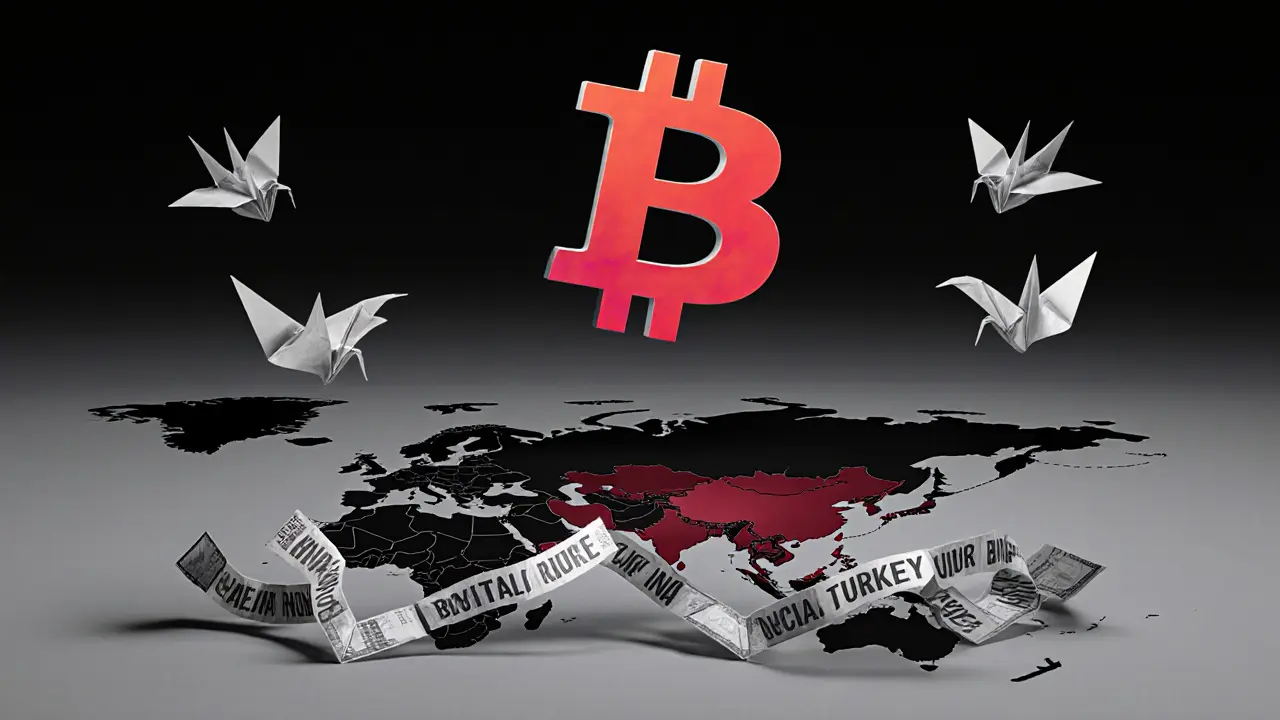Russia Bitcoin Regulations: What’s Legal, What’s Banned in 2025
When it comes to Russia Bitcoin regulations, the official rules on owning, trading, and mining Bitcoin in Russia are confusing, contradictory, and constantly changing. Also known as Russian crypto laws, they’re not a simple ban or embrace—they’re a messy middle ground where the state tries to control what it can’t stop. In 2025, you can legally hold Bitcoin in Russia, but you can’t use it to pay for coffee, rent, or groceries. The government doesn’t recognize it as money, but it also doesn’t stop you from buying it on exchanges like Binance or Bybit—just as long as you don’t try to turn it into rubles without reporting it.
Then there’s Bitcoin mining Russia, a gray zone where big industrial miners operate under the radar while small hobbyists get squeezed by power costs and vague enforcement. Also known as crypto mining in Russia, it’s still alive because of cheap electricity in Siberia and the Far East. The state even taxes mining profits at 13% for individuals and up to 25% for companies, which sounds like control—but it’s also an admission that mining is happening. Some regional governments quietly allow it because it brings in jobs and tax revenue, even as the central bank pushes for a full ban. Meanwhile, crypto taxation Russia is enforced through the Federal Tax Service, which now requires all crypto transactions over 600,000 rubles to be declared. Also known as crypto income reporting, this rule targets traders and investors, not just miners. The crypto ban Russia you hear about mostly applies to using crypto for payments, cross-border transfers, or anonymous wallets. Also known as crypto payment restrictions, it’s aimed at stopping money laundering and bypassing Western sanctions. But enforcement is patchy—many Russians still use P2P platforms like LocalBitcoins or Telegram-based traders to move value in and out of the country.
What’s missing from the headlines? The fact that Russia’s own central bank digital currency (CBDC) is being tested alongside these rules. It’s not a replacement for Bitcoin—it’s a tool to track it. The government wants to know who owns what, when, and how much. That’s why blockchain forensics tools are being adopted by Russian authorities, not to shut down crypto, but to control it. And while the U.S. and EU are tightening rules, Russia is playing a different game: allow the asset, tax the activity, punish the misuse, and never admit it’s a losing battle.
Below, you’ll find real-world breakdowns of how these rules affect miners, traders, and everyday users. Some posts expose fake exchanges pretending to be Russian-compliant. Others show how miners in Omsk or Krasnoyarsk are adapting to energy taxes. There’s no sugarcoating—this isn’t about ideology. It’s about power, control, and who gets to profit when the rules are unclear.

